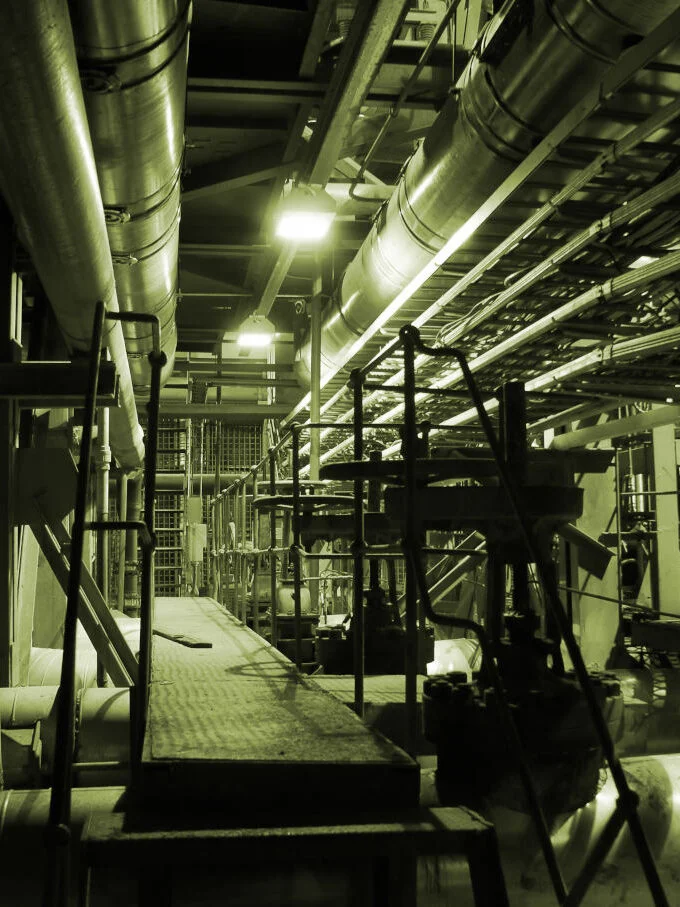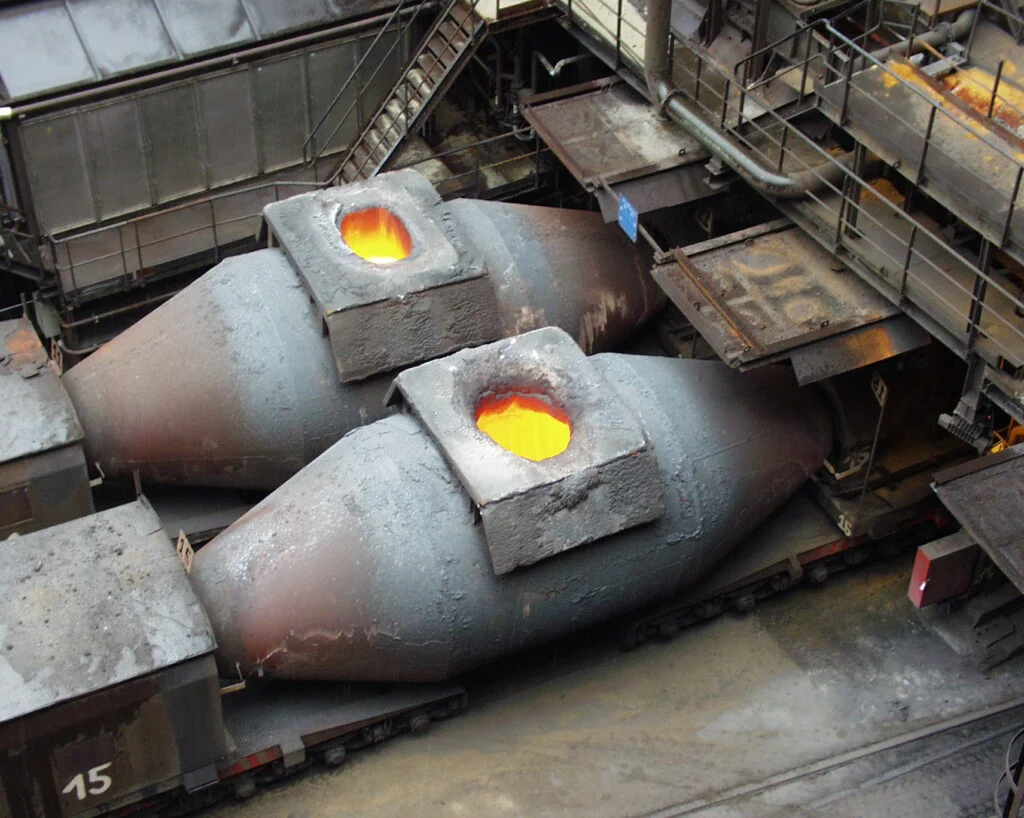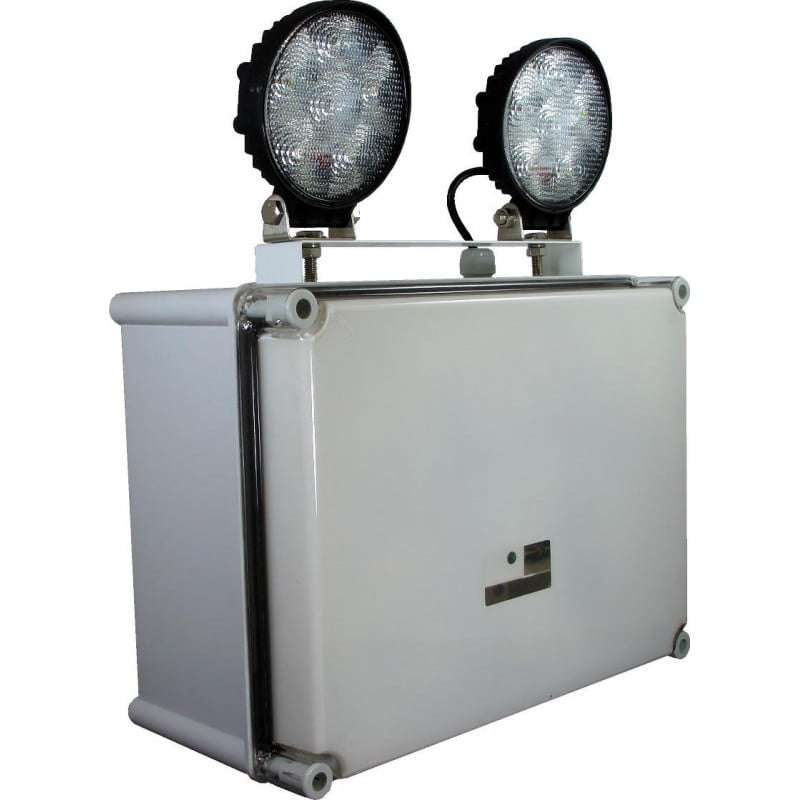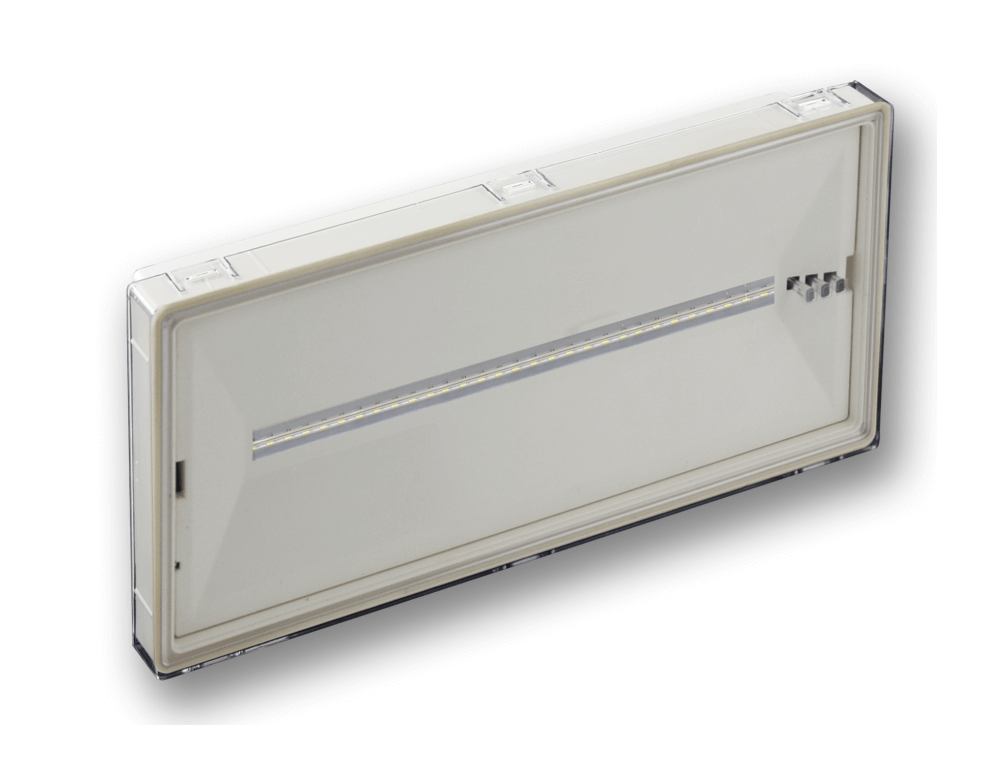Estimated reading time: 3 minutes

Introduction:
Ensuring the safety of your employees during a power outage is paramount in any industrial setting. Here’s why industrial emergency lighting is crucial and how it differs from standard emergency lighting in the UK.
Similarities and Differences:
- Similarities: Like other buildings, industrial premises require emergency lighting for corridors, level changes, stairs, and toilets. These areas follow the same regulations as commercial buildings.
- Differences: Industrial environments often present unique challenges:
- Higher hazards: Many industrial processes involve potentially dangerous machinery or materials.
- Continued occupation: Unlike offices or shops, some industrial situations may require personnel to remain on-site for a controlled shutdown or to maintain critical operations.
Emergency Escape Lighting vs. Emergency Safety Lighting:
- Escape Lighting: Suitable for immediate evacuation scenarios. Provides minimum illumination for safe escape routes.
- Safety Lighting: Necessary when continued occupation is required. Offers higher light levels to facilitate safe shutdown procedures, operate equipment, or read instructions in an emergency.
Regulations and Standards:
- BS 5266-1: This British Standard specifies recommended light levels for various industrial emergency lighting applications.
- EN 1838: Sets the minimum requirements for emergency lighting systems across Europe.
Key Considerations for Industrial Emergency Lighting:
- Light Levels: A risk assessment should determine the lux level needed for different areas. The standard outlines minimums, however, higher levels might be necessary for specific tasks (e.g., 50 lux for detailed activities).
- Activation & Duration: BS 5266-1 also guides on activation response times and minimum durations. Modern LED systems typically illuminate instantly upon power failure.
- Health & Safety Expertise: For situations with physical risks, a health and safety professional should specify the required light level (at least 10% of normal lighting) and activation speed (within 0.5 seconds).
Compatibility and Collaboration:

- Ensure your industrial emergency lighting system is compatible with other fire protection measures in your facility. Effective communication between emergency lighting engineers and fire safety suppliers is essential for a holistic safety plan.
Conclusion:
Investing in a robust industrial emergency lighting system safeguards your employees and ensures a smooth response during a power outage. By following UK regulations and conducting a thorough risk assessment, you can create a safe environment for all personnel in your industrial facility. Implementing industrial emergency lighting is not just about compliance; it’s about creating a secure and safe environment. Ensure regular maintenance and updates to your system to keep up with evolving standards and technologies. By prioritizing industrial emergency lighting, you are investing in the well-being of your employees and the smooth operation of your facility.

UK made Extreme Weatherproof LED Emergency Twinspot

